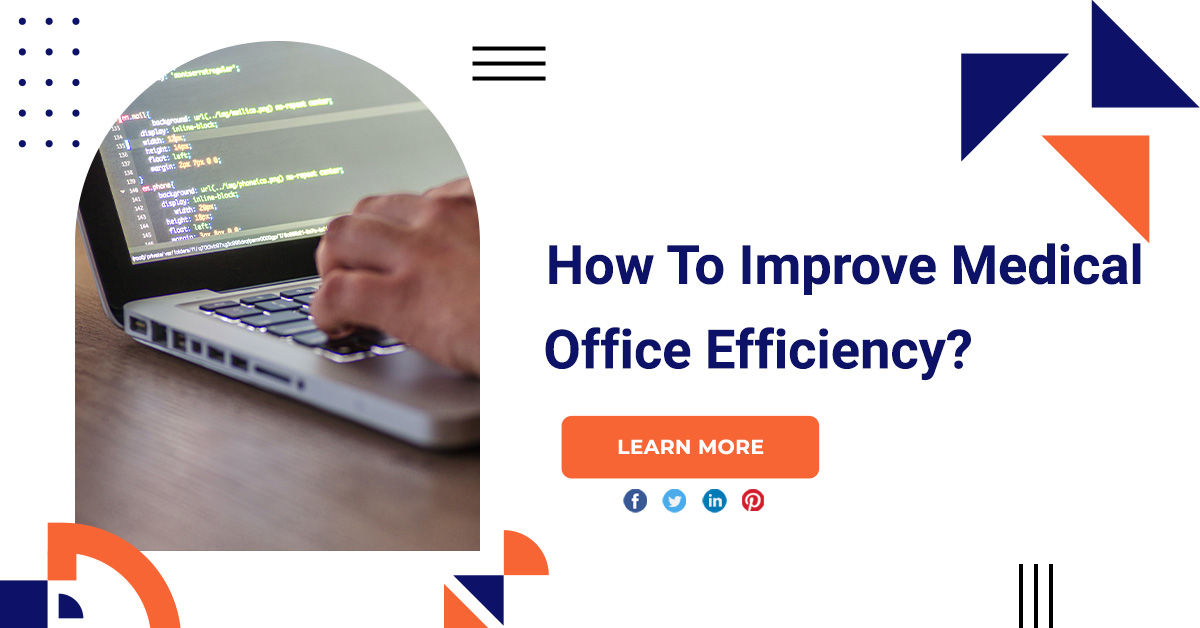How To Improve Medical Office Efficiency?
Today’s healthcare has your practice in a financial vise. And with each turn of the crank, the increased pressure makes exercise efficiency that much more valuable and inefficiency that much more painful.
Medical office efficiency
Learn to manage
You don’t need to become a practice manager, but you do need to know your practice well. Learn to read news and understand data. Set aside time for self-education. Talk to your practice manager, accountant or other consultants.
Focus the physician’s time on patient care
To maximize their value to the practice, physicians and other providers should spend at least 37 hours per week directly caring for patients. There are better opportunities to realize this goal in a group practice, with a spread of efforts, but don’t give up as a solo practitioner either.
Delegate
Delegate as many administrative tasks as possible without compromising your understanding of how the practice is run. If you are in a small group and your practice leader or administrator is not equipped to accept extensive delegation, help them develop the necessary skills.
Improve patient flow
Regardless of patient composition, the goal is to have an efficient schedule. Focus on providing appropriate care to the largest patient community possible. Most family physicians can average four visits per hour if these visits are properly scheduled.
Dictate notes about the exam room procedure
This takes time to get used to and may not always be appropriate notes without having to invest time dictating outside of the visit.
Improve communication with flyers
Using leaflets about patients’ conditions or treatments can also help focus the visit so that important information is communicated appropriately.
Use a good planning system
Still, the schedule has a huge impact on productivity and efficiency. Devote resources to developing a good scheduling system, hire a top person to run it, and make sure all employees understand it. This is especially important for solo practitioners who grow into groups. If you are using a manual system, consider computerizing it.
Confirm appointments
It is challenging to work in individual and small groups. But even if you don’t have the staff to do this for all appointments, you can do it for select appointments such as those that require large blocks of time or new patient appointments.
Plan by grouping similar activities
Doing similar tasks together is more efficient. The practice can see 15 patients per hour per provider if they are prescreened as flu vaccine visits.
Build and rely on a budget
Being serious about budgeting is good practice and offers an opportunity to measure performance and progress by analyzing variances over the course of the year. Review published data to set budget goals, but remember that service, regional, and market differences make this data only a rough guide and the budget will become a valuable tool.
Collect deductibles
Collect them before providing the service if necessary. Patients slip out easily after a visit because they are often in a hurry. And deductibles are a serious source of income as long as you don’t have to go to the expense of billing them.
Conclusion
Keeping your private practice efficient is essential to keeping up with the competition and keeping abreast of modern healthcare advancements, which are now increasing faster due to the need to quickly adapt to the digital realm.







